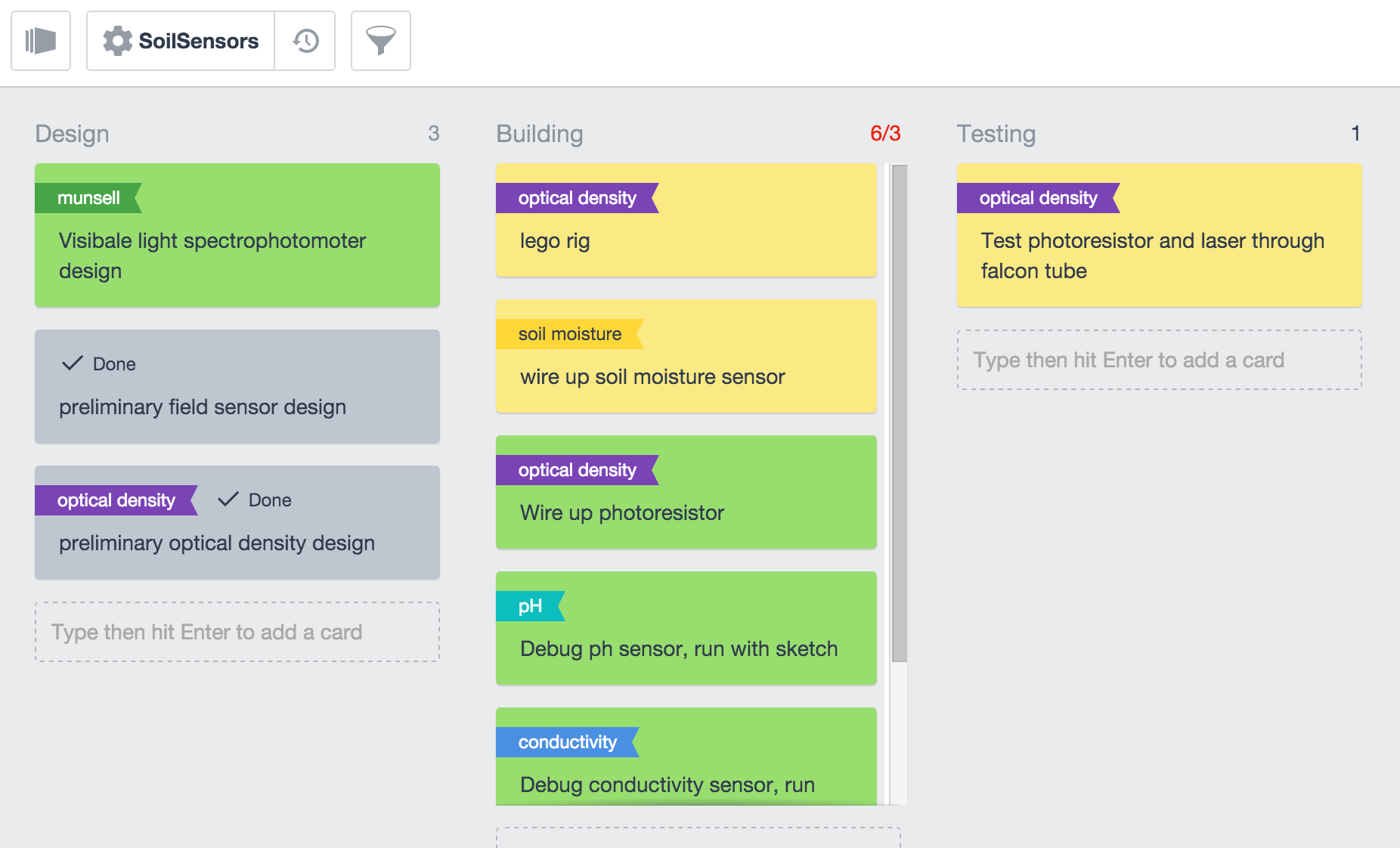Only being here for half a week, I didn’t really get that much done. The little bit that I did do was not in the area of Android, but in the area of logistics, since I am part of that team.
I started to look into flights and what the best possible arrangement is. I’ve started a document, which you can find in Field Science -> Iceland 2016 -> Logistics, called Possible Flights where I’m keeping track of what I find. Each possible option is in the form of a table. The table documents the departing and arriving cities and times/dates and any layovers that will occur. So far, I have one arrangement in the document, and below I’ve documented my general findings.
Since many of us will head to XSEDE in Miami right after we leave Iceland, it’s not really optimal (as of the flights I’ve found right now) to buy a round trip to Iceland. That means we will have to buy a lot of one-way tickets, which is what we ended up doing two years ago. However, one-way tickets straight to Iceland from Dayton or Indy are extremely expensive — more than just a round trip ticket. I guess they don’t want you buying a one-way there. I suspect it’s partially because of the small size of those airports. One-ways from larger airports are much cheaper. That’s why I think we would buy a one-way ticket to a larger airport (say Toronto, for example), a round trip from that airport to Iceland, then a one-way to Miami, and another one way back to an airport close to us (Indy or Dayton for example, or Columbus).
I worked some with Charlie and Tara on figuring on Kanbanchi to use for keeping track of to-do things. It looks like a really nice and useful tool. We figured out the hierarchy of it in terms of our projects… refer to Tara’s post for more information on the exact hierarchy. I’ve started making one for Field Day and those tasks, which you should be able to find in the Field Science -> Software folder.
This coming week, I hope to finish the Field Day Kanbanchi to-do, work some more on Android, and talk to Charlie about who’s going to go to Iceland next summer. Though, I might not get as much as I’d like to done, since I have a lot of interviews to do with CS tenure-track candidates.
